Nestled between the Caspian Sea and mountain ranges, Golestan Province in northern Iran is a lush paradise, boasting vibrant landscapes that stretch as far as the eye can see. Its diverse geography gives rise to thick forests, vast fields, and a mosaic of climates. Even in a brief visit, one can experience an incredible variety of atmospheres and natural wonders.
Loveh Waterfall
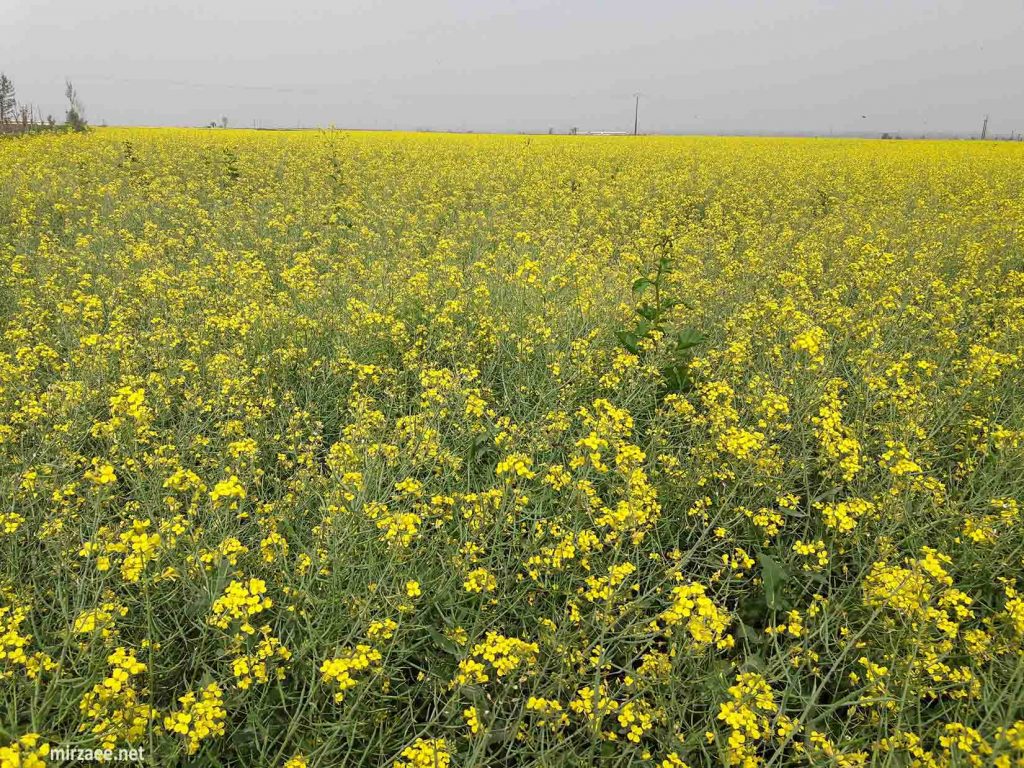
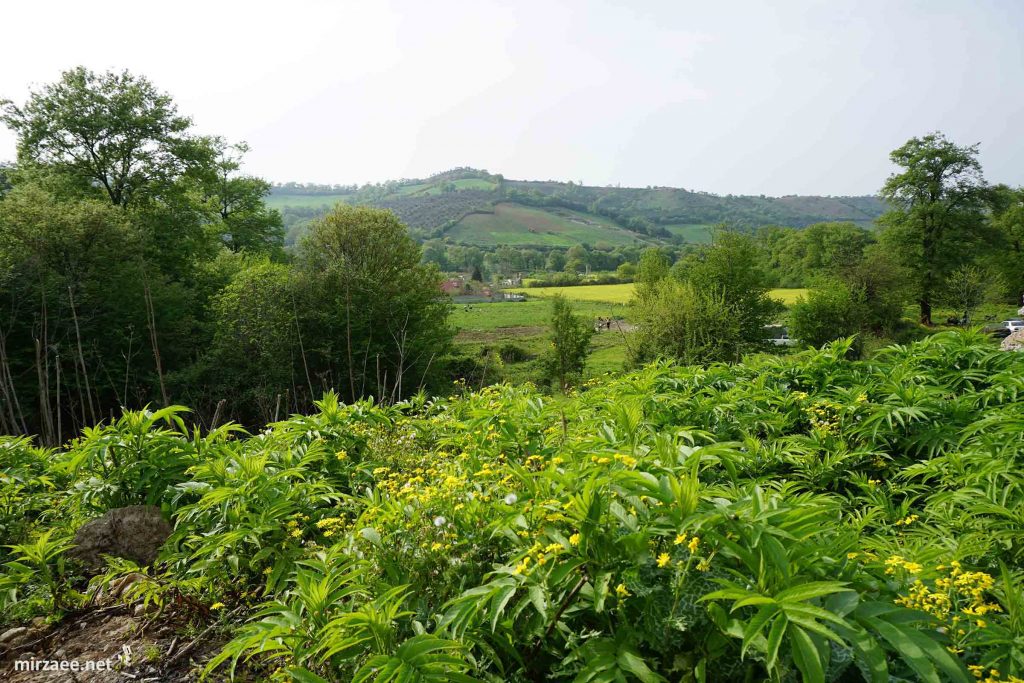
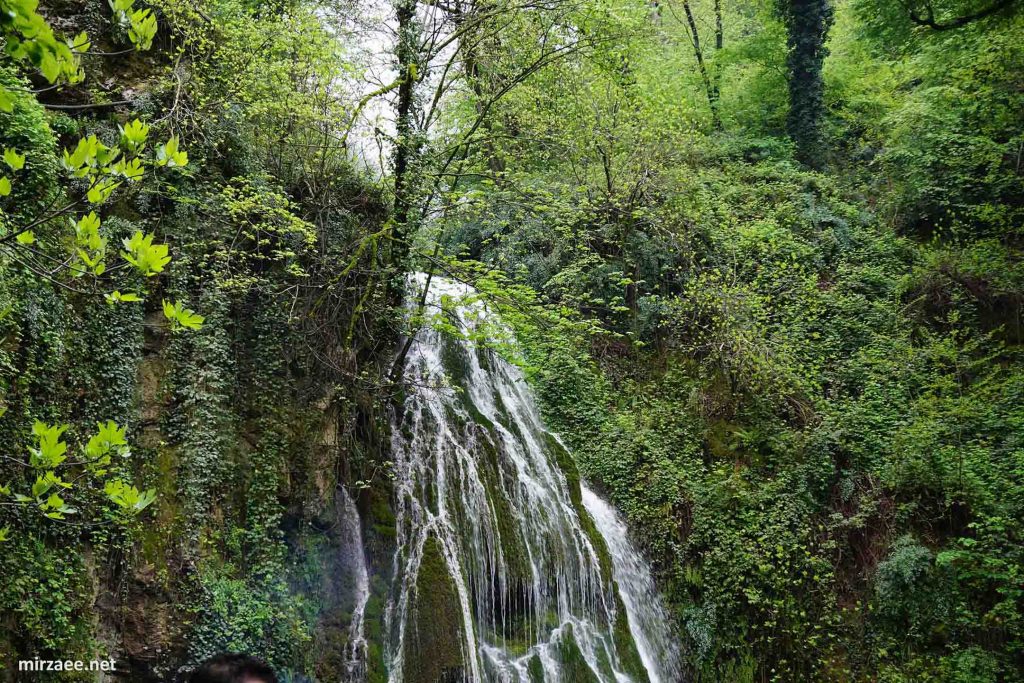
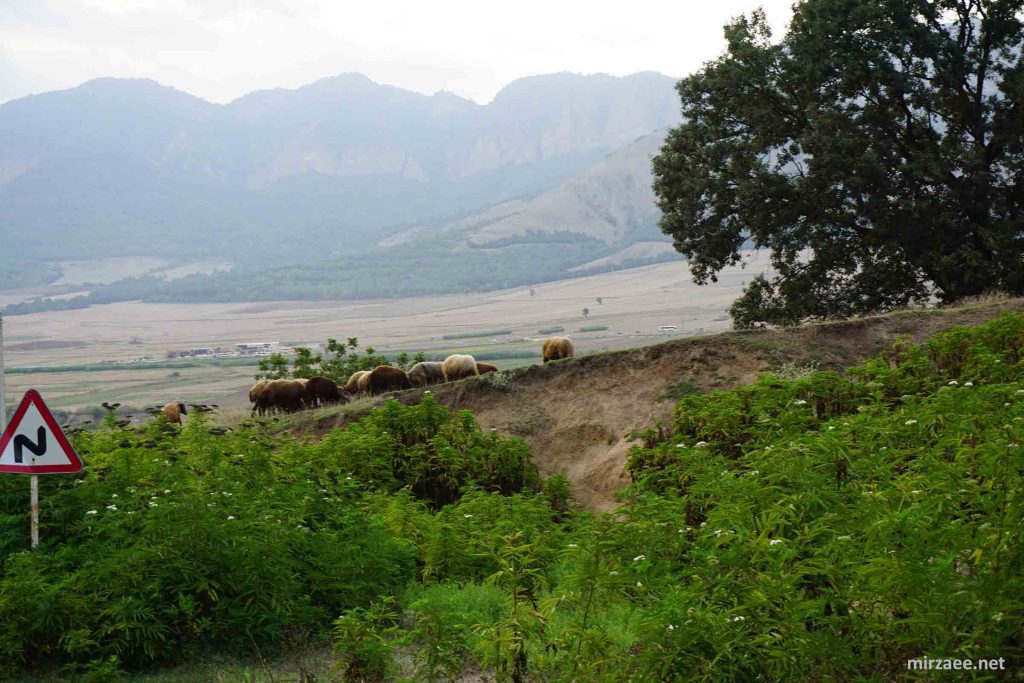
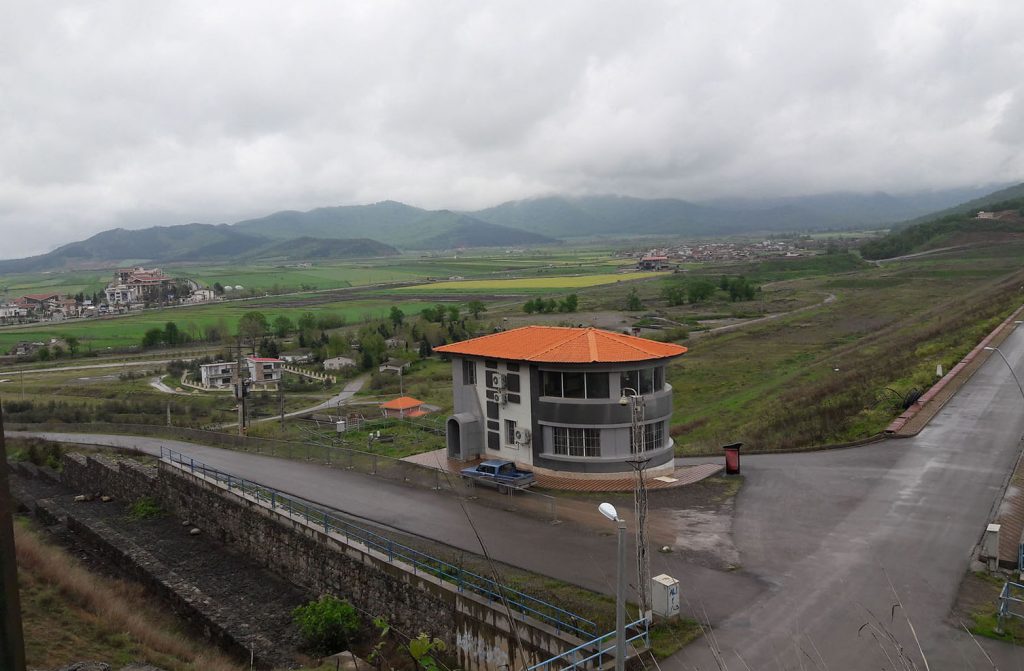
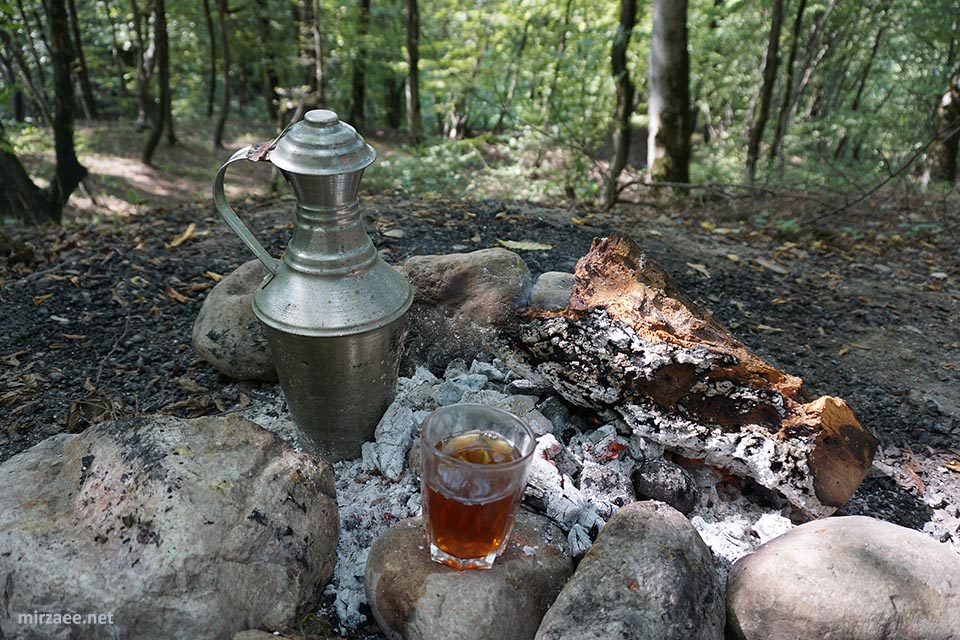
In the first photo you can see Kolza fields that paint the landscape in radiant yellows. These fields like the one pictured, stretch out across northern Iran and these flowers are widely used for vegetable oil.
The waterfall photo you see here is from the scenic Loveh Waterfall. Other images here are just capturing beautiful moments along our way near Loveh.
The only type of tea I drink is the tea brewed over a campfire as it’s astringent taste is different and the warm, humid air of the jungles make it even better.
A Journey of Contrasts in Just Six Days

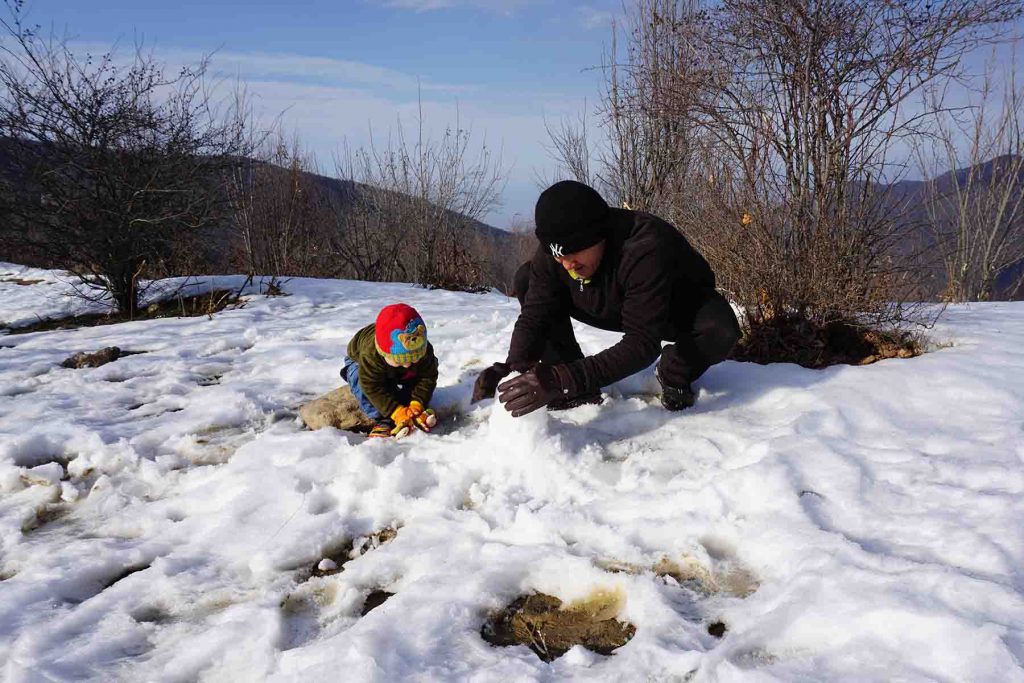

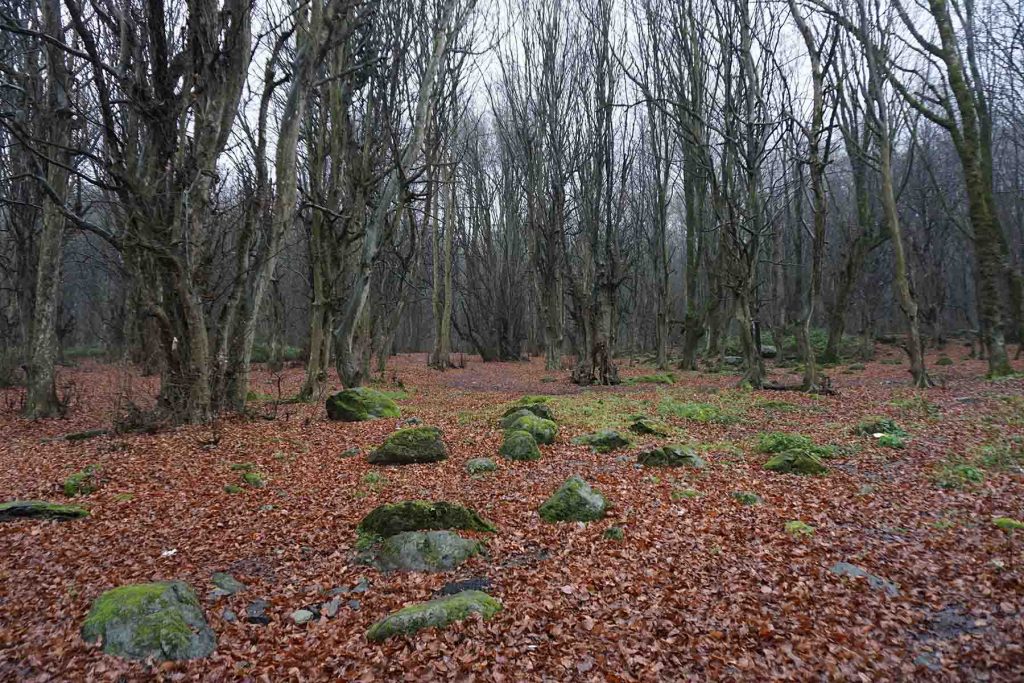
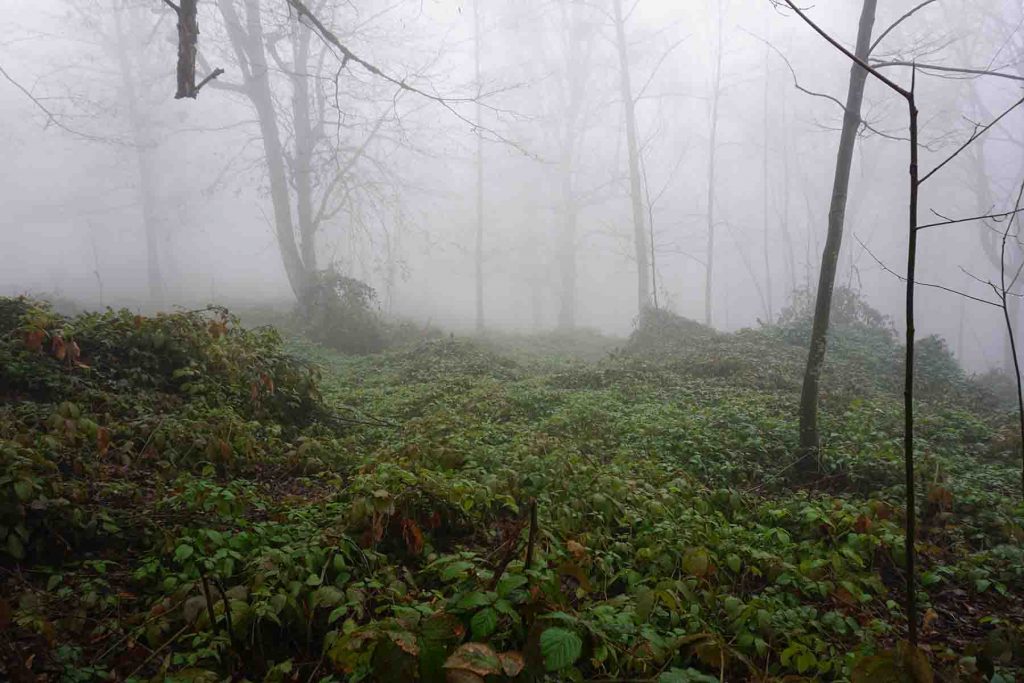
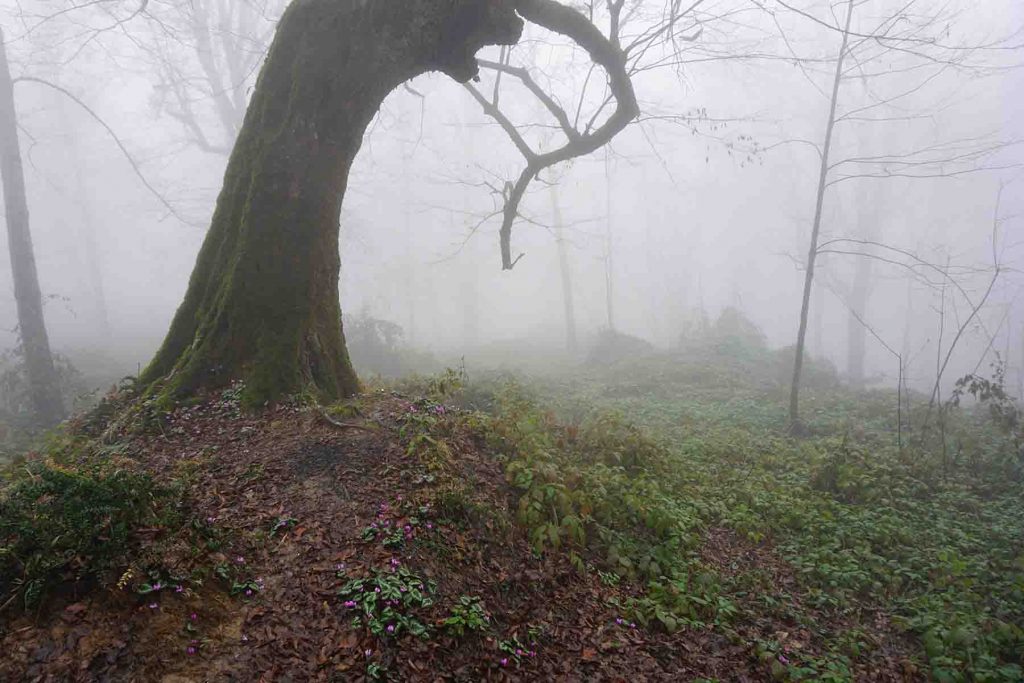
In our six-day journey through Golestan we experienced over a dozen distinct atmospheres. For example, just outside the city of Kordkuy, you’ll find a dense jungle carpeted with fallen leaves and blooms. Travel a few more minutes, and you’re inside a foggy rainy forest with vibrant purple blooms everywhere. To the north, toward the coastal city of Bandar Torkaman, the weather is colder, and you see people whose language and attire differ greatly from other regions in Iran, in the next gallery, you’ll find more photos from Bandar Torkaman. The two photos of the autumn-colored forest belong to Imam Reza Forest Park, a short drive south from Kordkuy. Even though it was winter, just driving for an hour, Golestan’s unique climate provided glimpses of all three seasons: the coolness of winter, autumn’s fallen leaves, and blooming spring flowers.
In this time of the year we could also find wildgrown herbs. From Gorgan city, the capital of Golestan province, heading just south takes you through scenic fields and to Tushen village. Around Tushen, we found edible wild plants like Froriepia subpinnata, and other native species that I couldn’t find its English equivalent.
Bandar Torkaman
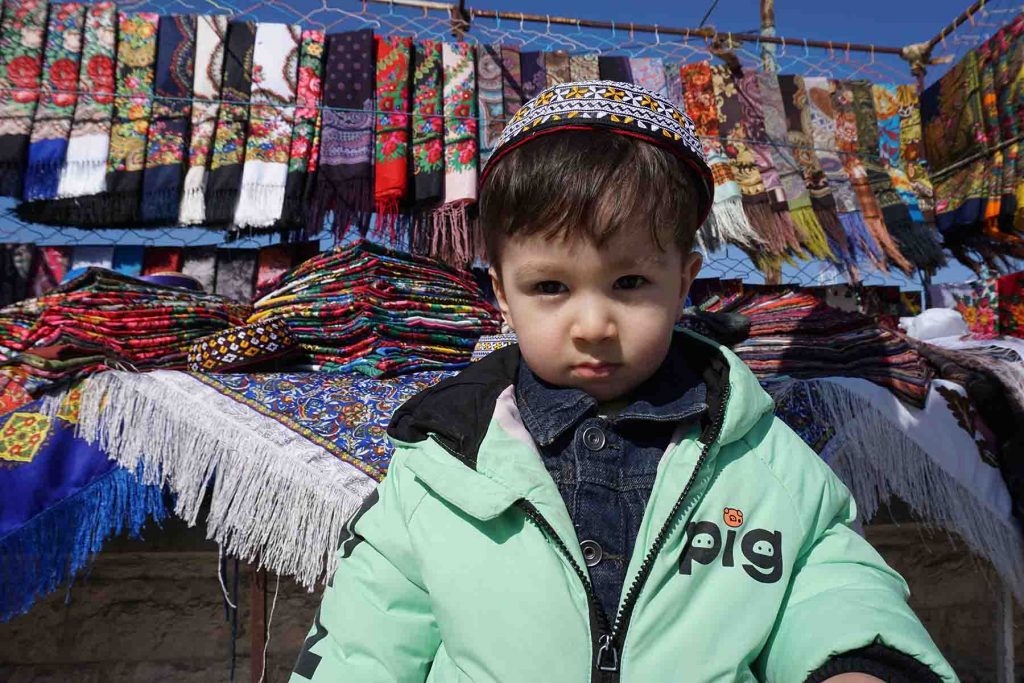
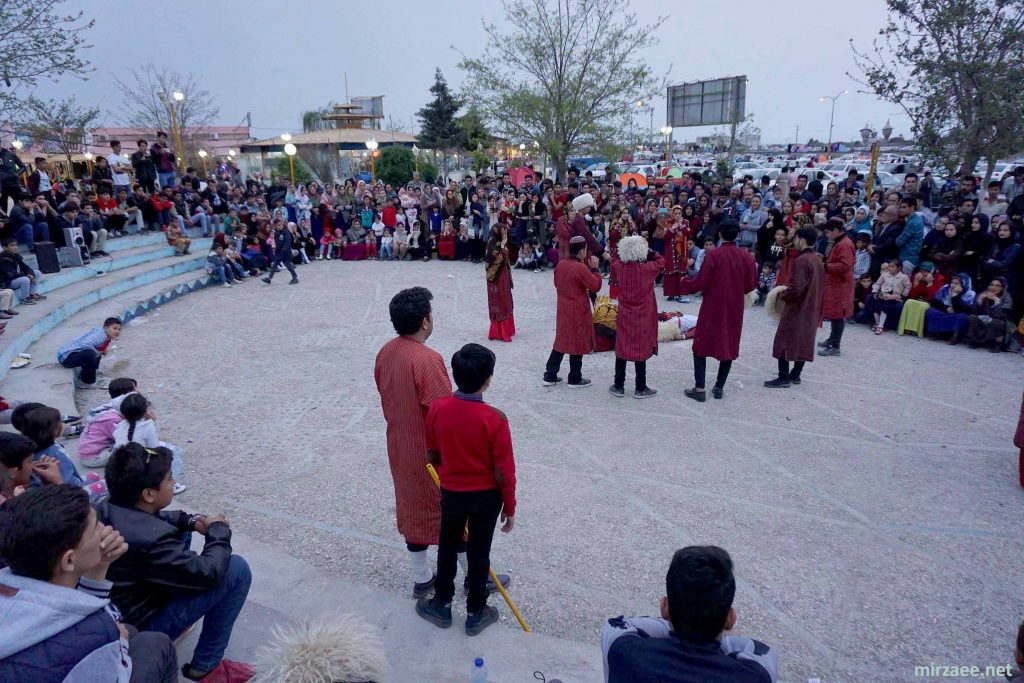
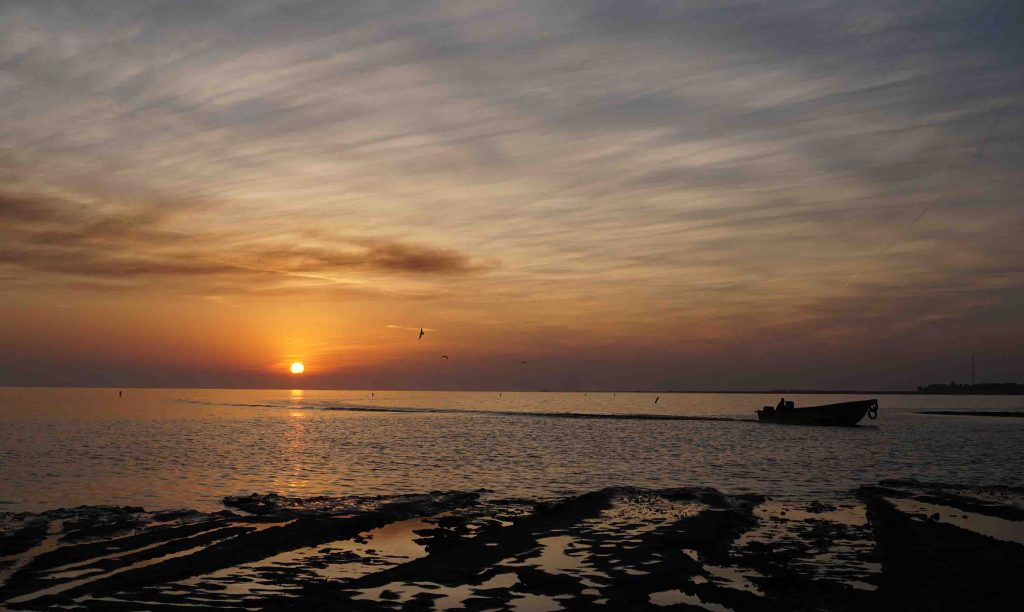
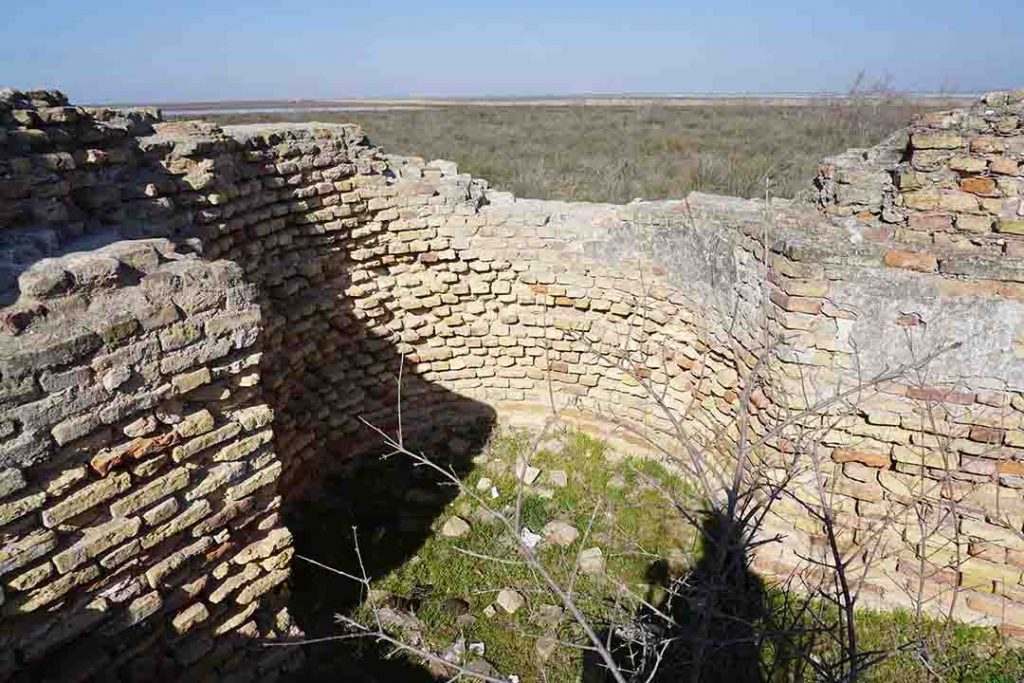
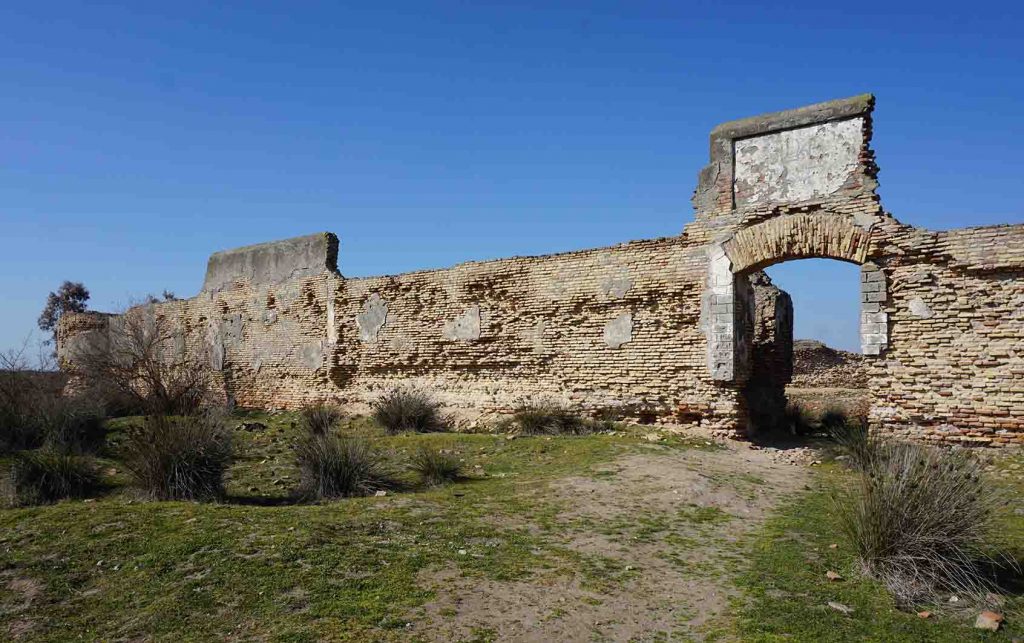
As Iran used to include neighbouring countries, there are still different nationalities living in their own style. The Turkmen community, for example, lives along the southeastern coast of the Caspian Lake. In Bandar Torkaman, their traditional dress and customs make you feel as though you’ve travelled to Turkmenistan. The boy in the green jacket is my son wearing a traditional Turkmen hat and behind him you can see a Turkman shop selling scarves.
The old building photos belong to a Russian castle built on an island called Ashuradeh during World War I. Despite the wonderful weather and potential vegetation of this island, currently, you can merely see people from a fishing company and border guards.
Gorgan: A City of Tradition and Nature
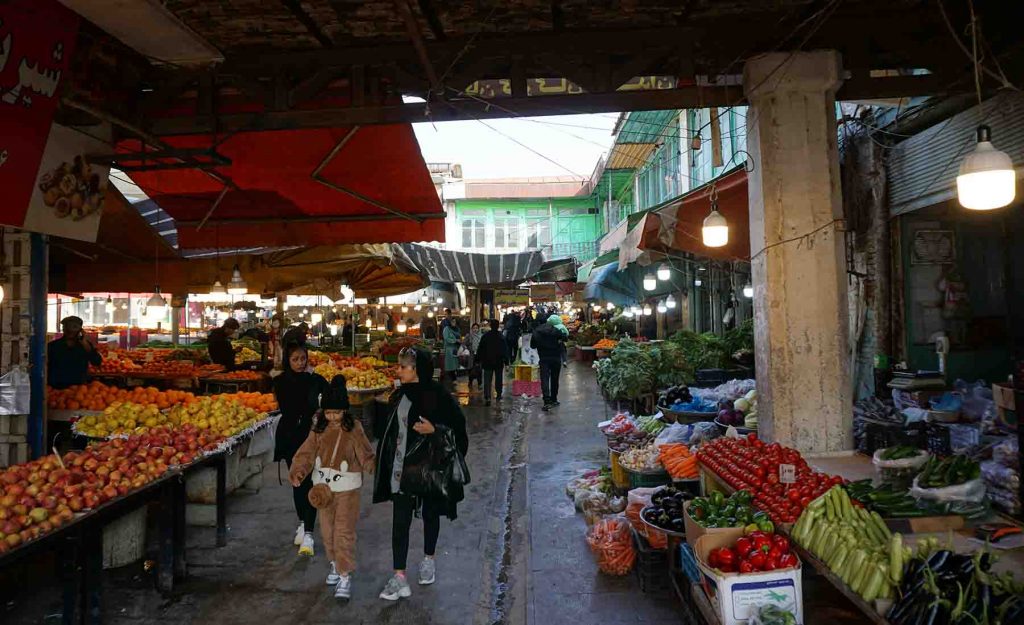
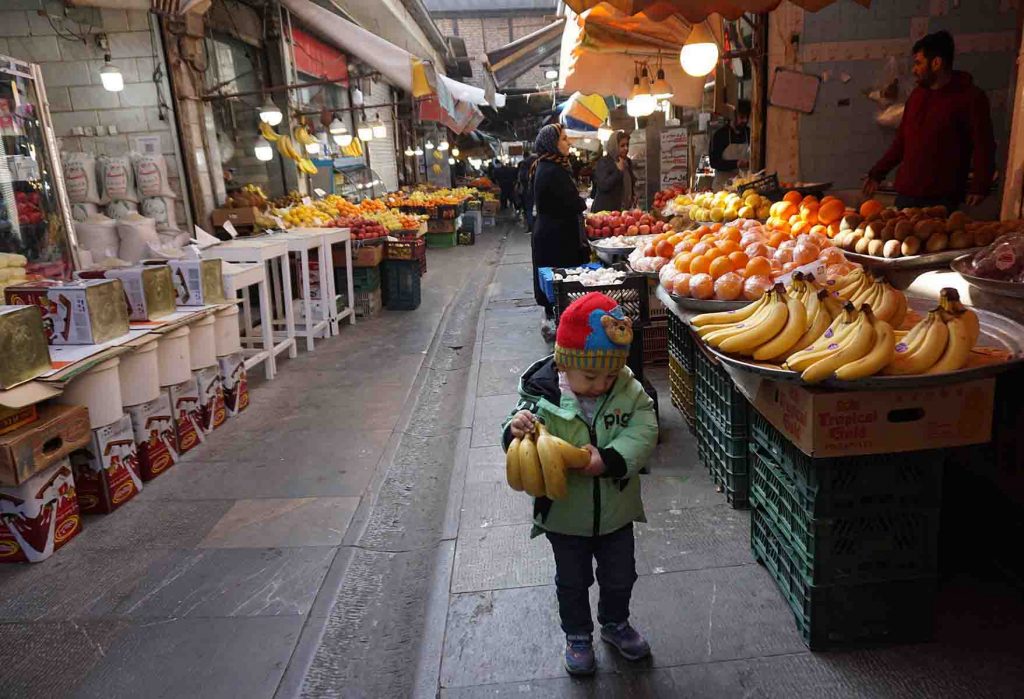

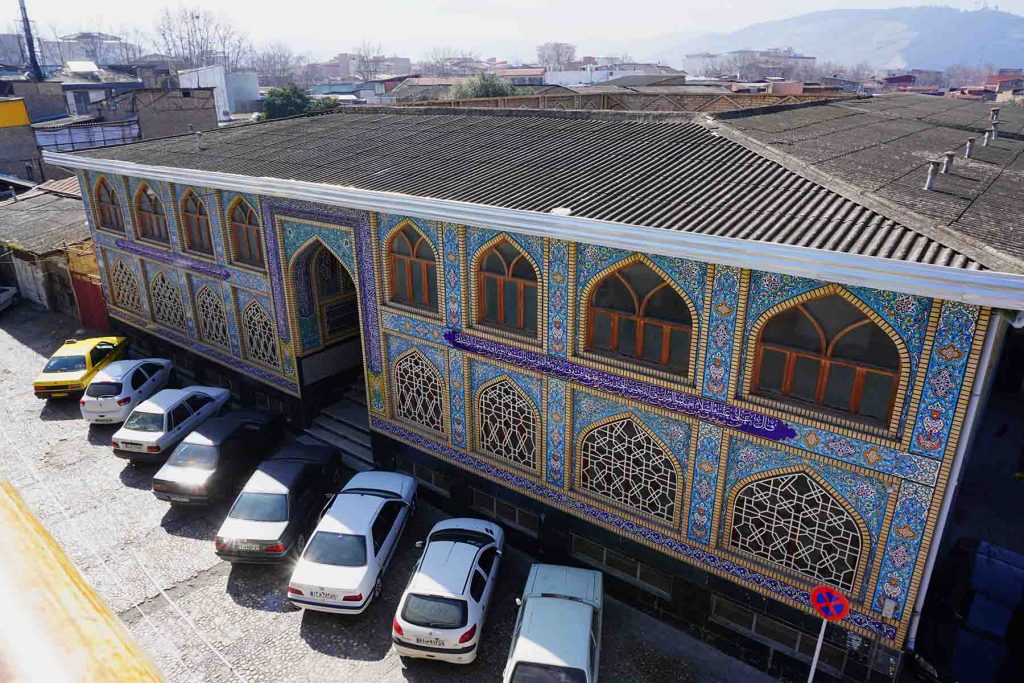
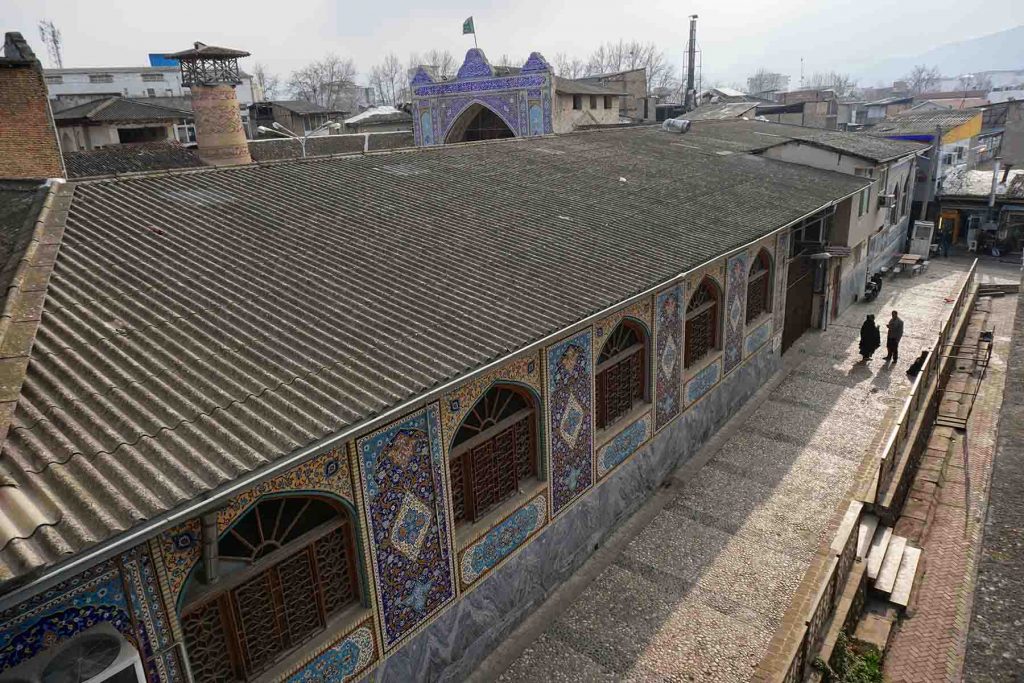
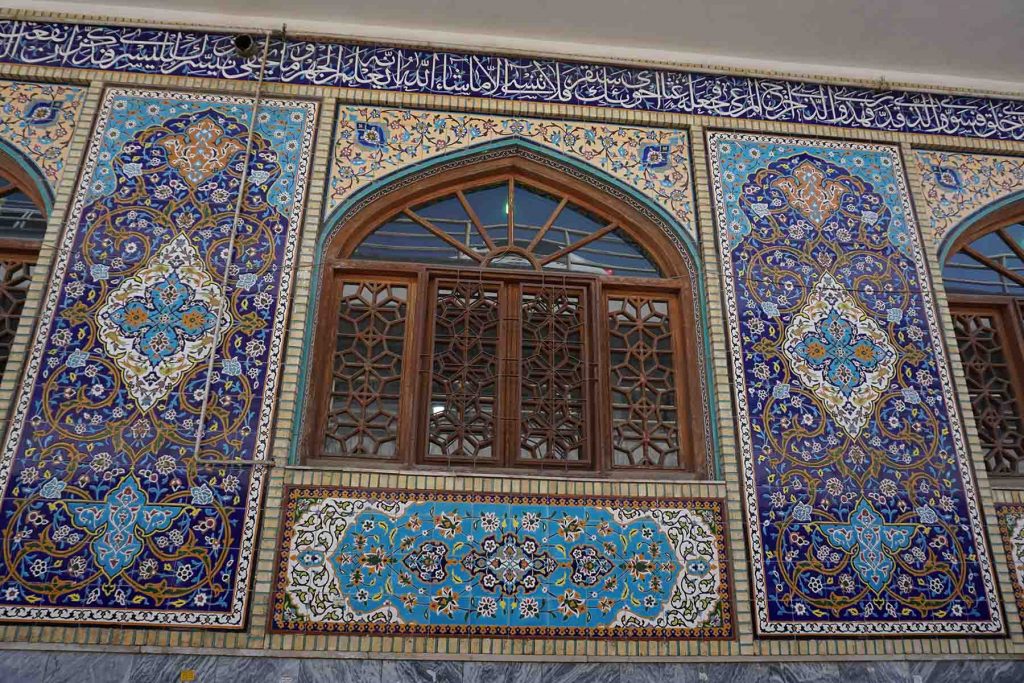
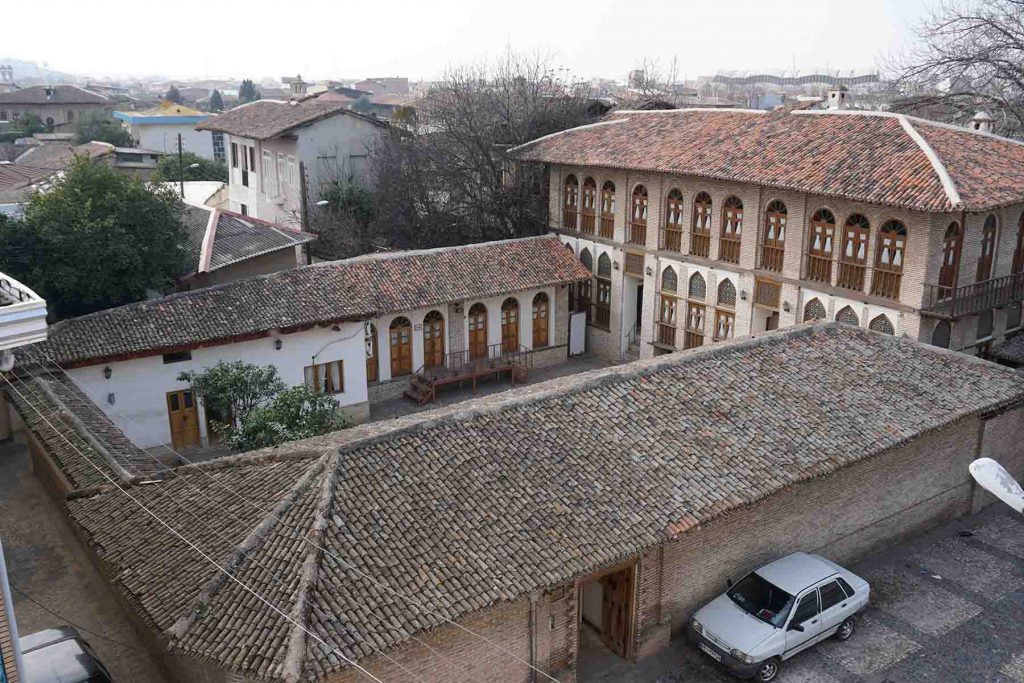
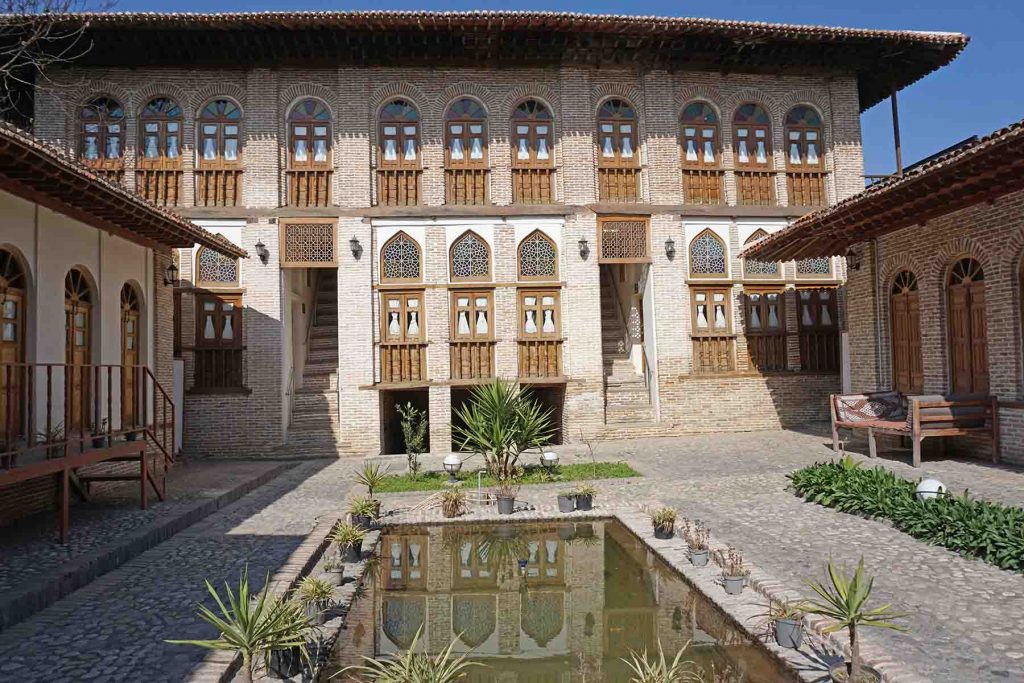
In the heart of Gorgan, just steps away from each other, lie the bustling Gorgan Bazaar, two historic mosques, and a handicrafts museum. The small, ancient building in the city’s square is a protected relic, preserved as it was centuries ago.
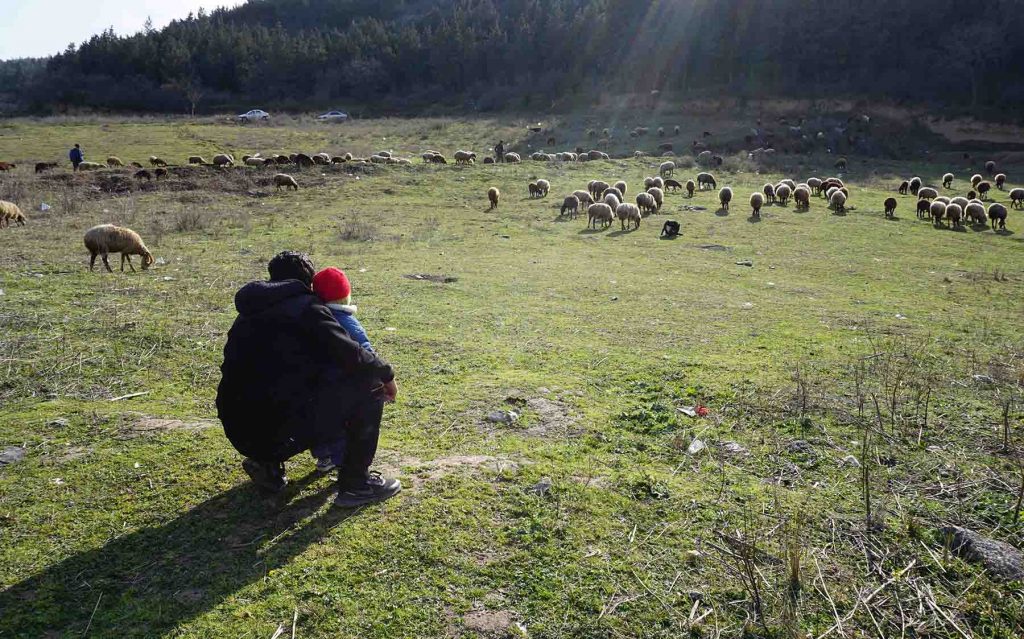
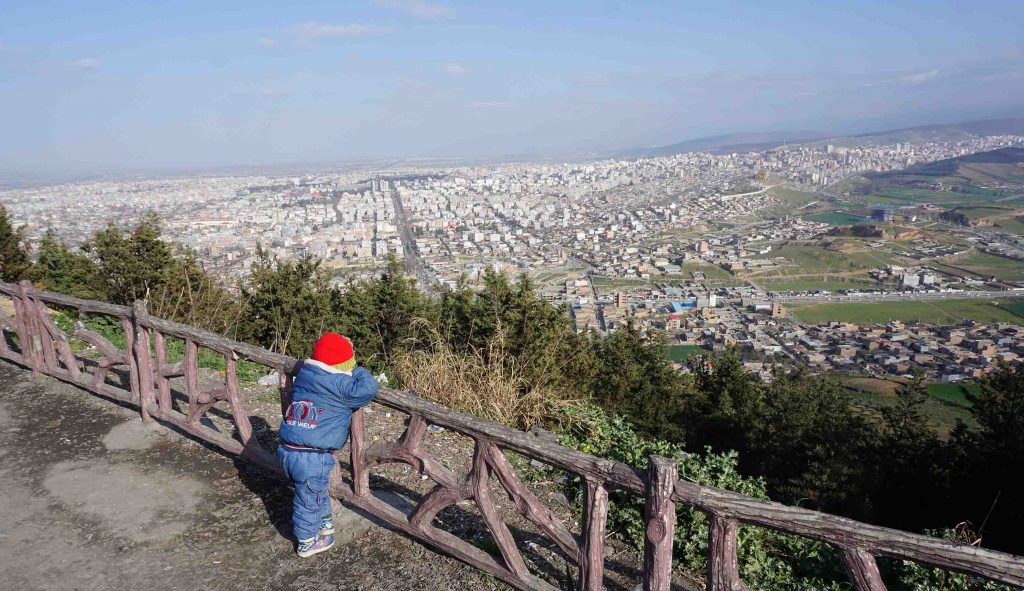
The sheep graze on the mountain slopes where you can have a great sight over the city. That is the place I like to live, you live inside a developed city and at the same time nature is at the doorstep.